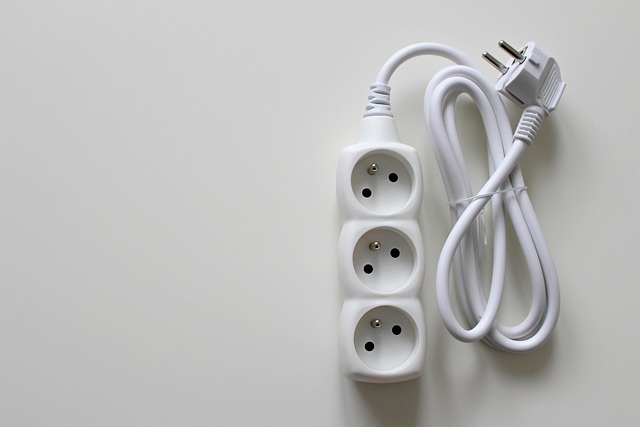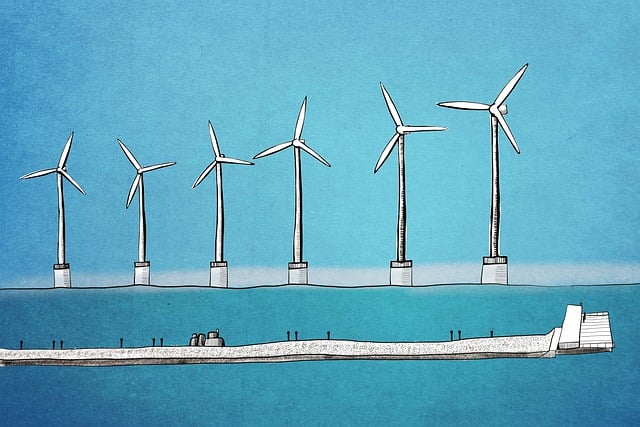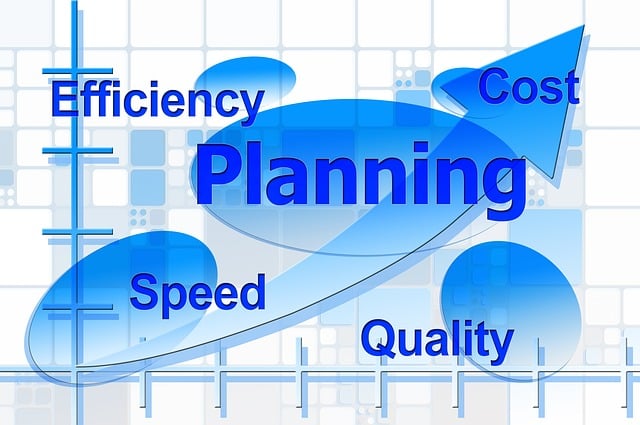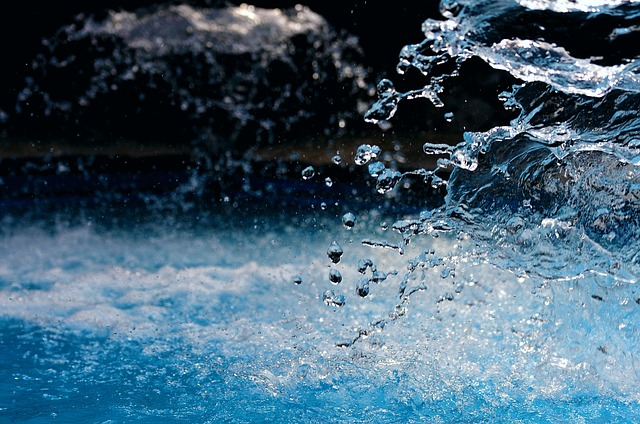Tankless water heaters, driven by consumer demand for sustainability and cost savings, offer significant energy efficiency and space-saving design compared to traditional storage tanks. With variable upfront costs based on technology, capacity, and installation needs, they can lead to substantial long-term savings through reduced utility bills and eliminated tank replacement expenses, making them a strategic investment for homeowners seeking both financial and environmental benefits.
When considering a switch to tankless water heating, the initial cost can be a significant hurdle. However, evaluating long-term savings offers a compelling case for this energy-efficient upgrade. This article guides you through the key factors influencing the decision, focusing on understanding the installation costs of tankless models and exploring their substantial potential for future cost savings. Learn how these systems reduce water usage and outperform traditional tanks in terms of return on investment (ROI).
- Understanding Initial Installation Costs of Tankless Models
- Exploring Long-Term Savings Potential: Energy Efficiency
- Water Usage Reduction: A Key Factor in Cost Savings
- Comparisons: Traditional Tanks vs. Tankless Systems' ROI
Understanding Initial Installation Costs of Tankless Models

When considering tankless water heaters, understanding the initial installation costs is paramount. Unlike traditional storage tanks that often come with straightforward, known prices, tankless models can vary significantly in terms of expense based on several factors. These include the specific technology employed (e.g., electric, gas, or solar-powered), the model’s capacity and efficiency rating, and whether professional installation is required.
Initial costs can range from a few hundred to over a thousand dollars. However, it’s crucial to remember that tankless heaters are designed for long-term use, potentially eliminating future expense on tank replacement and offering substantial energy savings over time. This makes the upfront investment a strategic one, offsetting itself through reduced utility bills and minimal maintenance requirements.
Exploring Long-Term Savings Potential: Energy Efficiency

In today’s world, where sustainability and cost-effectiveness are at the forefront of many consumers’ minds, exploring long-term savings potential through energy efficiency is a smart move. One area that offers significant opportunities for both environmental and financial benefits is water heating. Traditional storage water heaters can consume a substantial amount of energy, leading to higher utility bills over time. By contrast, tankless models, also known as on-demand water heaters, offer a more efficient alternative. These innovative devices heat water only when it’s needed, eliminating the constant energy draw associated with storage tanks.
This efficiency translates into notable long-term savings. Tankless models can reduce energy consumption by up to 50% compared to standard storage heaters, leading to lower heating costs. Moreover, their compact size and space-saving design make them attractive for both new construction and retrofits. With the growing availability of tankless models at competitive prices, including various energy-efficient options, homeowners can enjoy not only reduced utility bills but also contribute to a greener future by minimizing their carbon footprint.
Water Usage Reduction: A Key Factor in Cost Savings

Water usage reduction is a significant factor in achieving long-term cost savings, especially when considering tankless water heaters. These innovative models offer a substantial shift from traditional storage tanks by providing hot water on demand. This simple change can lead to notable reductions in energy consumption, as tankless systems heat water only when needed, eliminating the constant energy drain of keeping a large tank warm.
For households with high water usage, such as those with larger families or energy-intensive hobbies, this technology can deliver substantial savings. By eliminating the waste associated with maintaining a hot water reservoir, homeowners can expect to lower their utility bills and contribute to environmental conservation. The shift towards tankless models is a smart step towards sustainable living, ensuring long-term financial benefits while promoting resource efficiency.
Comparisons: Traditional Tanks vs. Tankless Systems' ROI
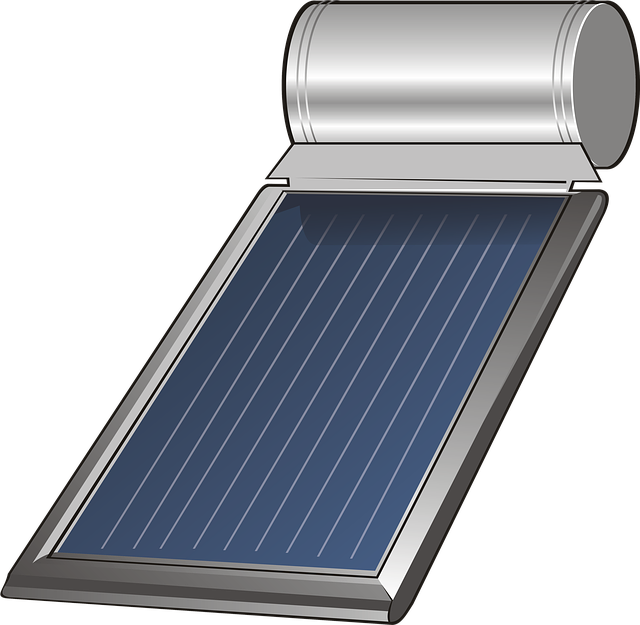
When comparing traditional storage tanks to tankless water heating systems, the discussion often centers around initial costs and long-term savings. Tankless models, though more expensive upfront, offer significant ROI over time. They eliminate the constant energy consumption of a storage tank, reducing utility bills substantially. This is especially beneficial in regions with year-round hot climates, where water heating accounts for a large portion of household energy usage.
The efficiency of tankless systems becomes even more apparent when considering their compact size and space-saving design. They don’t require dedicated storage space, making them ideal for smaller homes or those looking to upgrade without major renovations. This flexibility, coupled with the potential for reduced energy costs, makes tankless models a compelling choice for homeowners aiming to balance initial investment with long-term savings.
